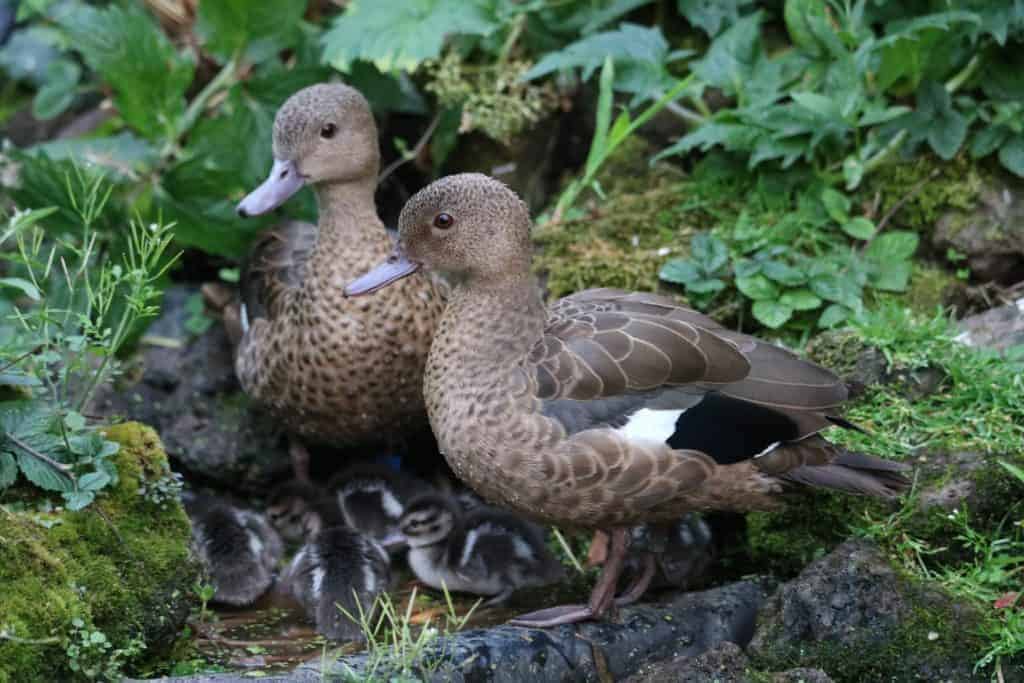Bernier’s Teal

Scientific Name
Anas bernieri
Alternative Names
Also known as the Madagascar teal.
Measurements
| Feature | Measurement |
|---|---|
| Length | 40–45 cm |
| Weight | 320–405 g |
| Wingspan | Estimated similar to other small teals of comparable size |
Status
Bernier’s teal is on the verge of extinction, with a global population of approximately 1,500 individuals. It is primarily threatened by the destruction of its mangrove habitat for timber, fuel, and agricultural expansion. Hunting for food adds further pressure to the species.
Identification
A small teal with warm brown plumage, reddish bill, and dull reddish-orange legs and feet. Males and females look alike, though males are slightly larger. The species shows a uniform brown coloration with minimal sexual dimorphism in plumage.
Voice
The male emits a soft whistle, while the female produces a croaking quack.
Diet
It feeds on invertebrates, insects, and plant materials. The duck spends much of the day wading and filtering mud or dabbling at the surface of shallow water.
Distribution
Endemic to Madagascar, it is found along the west coast and in the extreme northeast. Subfossil evidence indicates it once had a wider range across the island.
Habitat
Restricted mainly to mangrove forests where it favors shallow brackish ponds and lakes. It rarely leaves these habitats.
Breeding
Nests are built in holes of grey mangrove trees, 1–3 meters above or near water. The female lays her eggs directly on the floor of the cavity, initially covering them with wood debris and later with down. Clutches range from 3 to 9 eggs, averaging around 6 to 7. Only the female incubates.
Wintering
Non-migratory; remains within its mangrove habitats year-round.
Conservation
With fewer than 1,500 individuals remaining, Bernier’s teal is critically threatened by habitat destruction and hunting. Captive breeding programs are active in institutions such as the Durrell Wildlife Conservation Trust, Sylvan Heights Bird Park, and the Louisville Zoo, helping to support the species’ survival.
